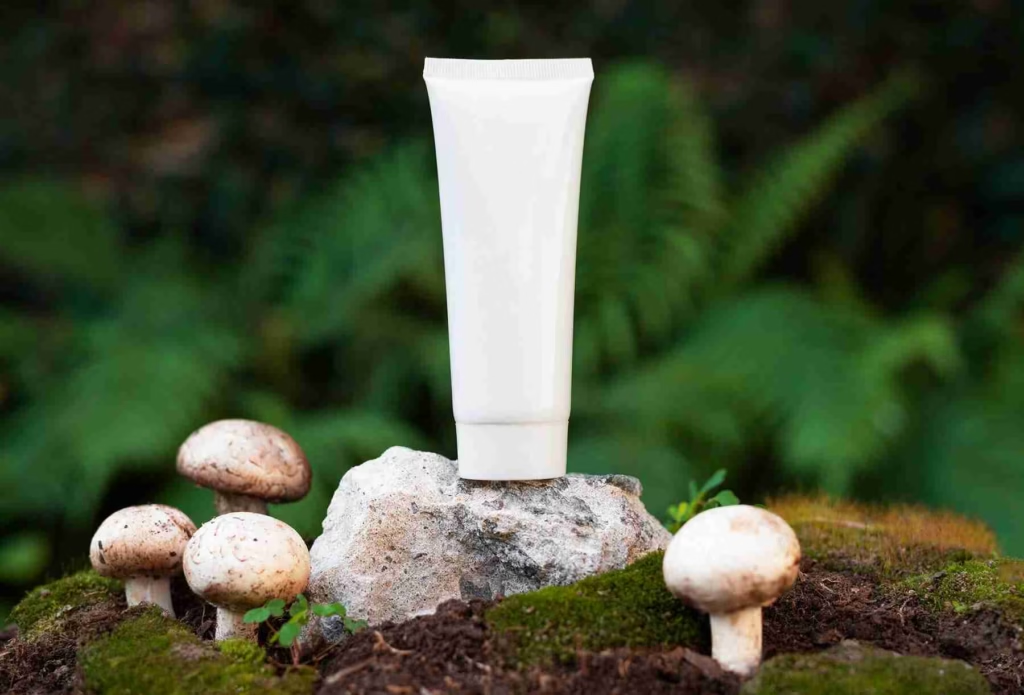Dead skin is building up on your skin, leading to dullness, breakouts, and congested pores. It takes off dead cells, new skin surfaces, and skin care product use. An actual great dead skin remover dissolves dead skin and peels it off your skin without drying out your skin of all its water, and what you are left with is silky smooth, and the radiant quality of texture on your skin. And because there just so happen to be so many Best Dead Skin Cleansers hanging around in this world we live in today, how do you choose out the very best one for you? Don’t worry, pal, as we have this guidebook that will turn you into a dead skin cleanser expert and pick the best one for whatever type of skin you possess.
What is Dead Skin Cleanser?
Dead skin cleanser is a facial exfoliating cleanser that eliminates dead skin cells, oil and dirt from your face without drying it. Dead skin cleaners differ from the normal facial cleaners because they actually incorporate some type of exfoliant which can be one of the following:
- Chemical Exfoliants (Alpha-Hydroxy Acids or AHAs, Beta-Hydroxy Acids or BHAs, fruit enzymes).
- Physical Scrubs (micro-beads, sugars, walnut powders).
- Enzyme-Based Cleansers (naturally rinses off with fruit enzymes).
Advantages of a Dead Skin Cleanser
- Clogs pores and acne.
- Smooths skin texture and evens out bumps.
- Smoothes rough uneven sheen of radiance and brightness of skin.
- Drives moisturizers and serums deeper into skin.
- Flipping over for healthy, youthful-looking skin.
Dead Skin Cleanser Types
Not all exfoliating cleansers are created equal! Depending on how they’re exfoliating away the dead skin, they can be grouped into three categories:
Physical Exfoliating Cleansers
They have tiny crystals of sugar, walnut shell, or microbeads that physically remove dead skin.
Good for: Normal to dry skin.
Caution: Too harsh for oily or sensitive skin.
Chemical Exfoliating Cleansers
They contain alpha hydroxy acids (AHAs) such as glycolic or lactic acid, or beta hydroxy acids (BHAs) such as salicylic acid that work to break up dead skin cells.
Suitable for: Older, oily and acne-prone skin.
Be careful: Liable to be irritating.
Enzyme-Based Cleansers
They break down dead skin cells by disintegrating them and then dissolve them instead of rubbing them using natural fruit enzymes from papaya, pineapple, or pumpkin.
For: Sensitive and dry skins.
Precaution: They may be less irritating but slower than chemical exfoliants.
Best Dead Skin Cleanser for Your Skin Type
For Oily & Acne Skin
- Salicylic acid, tea tree oil, or clay cleansers are okay.
- No rich creams.
Dry Skin
- Lactic acid, glycerin, or aloe vera as moisturizers.
- No drying scrub.
For Sensitive Skin
- Fragrance-free enzyme cleaner.
- No sulfates, harsh acids, or alcohol.
Combination Skin
- Mild acid balancing cleanser.
- Use gel moisturizer and not oily one.
For Mature Skin
- Glycolic cleansers that stimulate collagen.
- Hyaluronic acid and peptides that fight anti-aging.
Safe Use of a Dead Skin Cleanser
To use your dead skin cleanser safely, do the following:
Step-by-Step Guide
1.Wash Your Face – Pores open to warm water.
2.Use A Little Cleanser – Smooth out gently.
3.Let It Sit for a Few Seconds – Allows ingredients to work effectively.
4.Cold Water Rinse – Deflates pores and soothes the skin.
5.Moisturize Immediately After – Stops dryness of skin caused by exfoliating.
When to Use It?
- Mild exfoliators– Can be used daily.
- Stronger cleansers with AHAs/BHAs– 2-3 times a week.
- Enzyme cleaners– Using it as frequently as possible without breaking it in any manner possible.
Don’t Make These Small Mistakes
- Exfoliating your skin too roughly that causes redness and irritation of the skin.
- Rubbing off your skin too much.
- Failure to exfoliate the skin after removing from the bath when the skin is sensitive.
Natural Remedies: Homemade Dead Skin Cleansers DIY
Or try one of the following DIY homemade natural dead skin cleanser
-
Honey & Sugar Scrub
Ingredients: 1 tsp sugar + 1 tsp honey
Instructions
How to Use: Massage onto wet skin in circular motions and rinse.
-
Oatmeal & Yogurt Cleanser
Ingredients: 1 tbsp yogurt + 2 tbsp oatmeal powder
How to use: Use as 10 minute mask, then rinse off
-
Lemon & Baking Soda Exfoliant
Ingredients: 1 tsp baking soda + a few drops lemon juice.
How to use: Use once a week for deep exfoliation.
-
Papaya Enzyme Cleanser
Ingredients: Mash ripe papaya
How to use: Use as 5 minute wash-off mask
Tips on how to get your skin Smooth & Radiant
-
Daytime Moisturizing:
Hydrating moisturizer absorbed into the skin after exfoliating.
-
Sunblock :
Keeps sun damage from penetrating, filtering down to new exfoliated skin.
-
Drink plenty of water :
Hydrates skin with wholesome, radiant sheen.
-
Balanced diets :
Munch foods with ample servings of vitamins A, C, and E.
-
Avoid harsh skincare products :
Don’t exfoliate and don’t apply alcohol toners.
Conclusion
The dead skin cleanser best makes skin feel silky and smooth. In simple words, the best cleanser for your skin and your skincare routine means healthy-looking and glowing skin.
Frequently Asked Questions (FAQs)
Do I use daily dead skin cleanser?
They differ. Use light ones every day for everyday cleansing and 2-3 times strong ones weekly to complete.
Cleanser and scrubs are different. What is it?
Exfoliating cleanser causes chemical or enzymatic stinging, while scrubs cause physical peeling.
Dead skin cleanser would remove acne marks?
Of course! Retinol or glycolic acid face wash would remove the marks in a matter of days.

